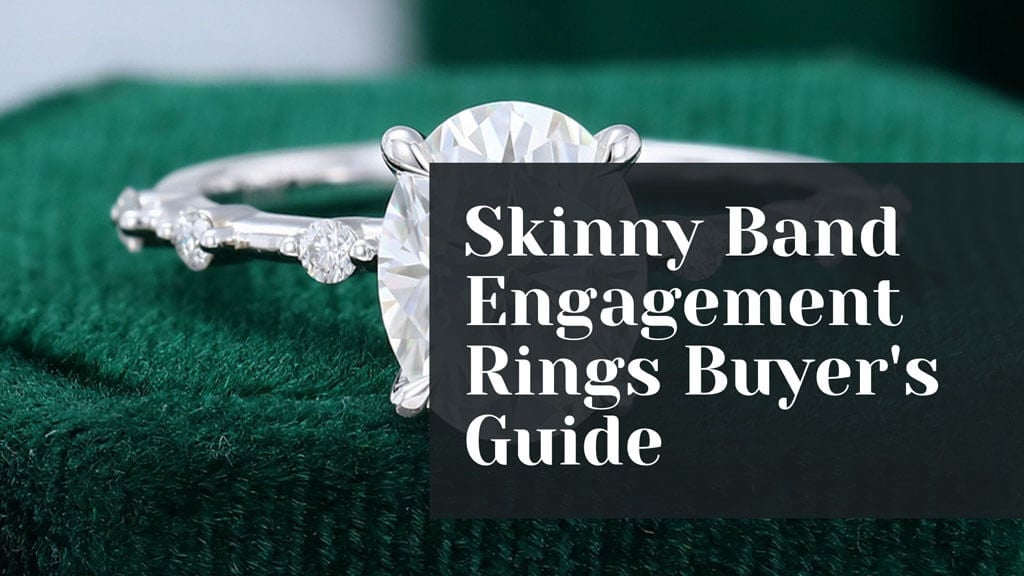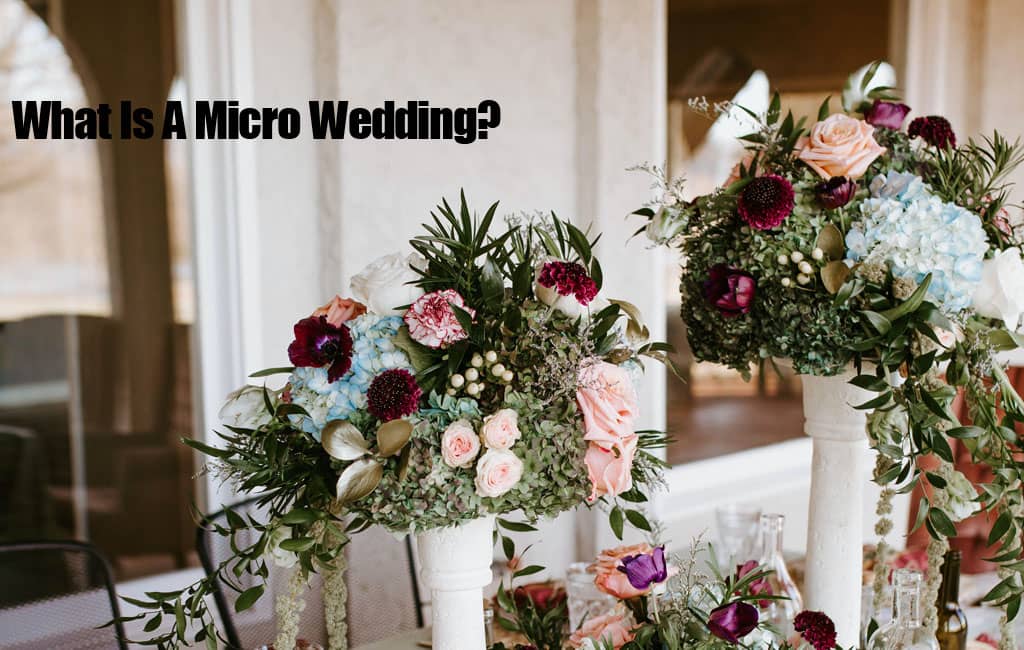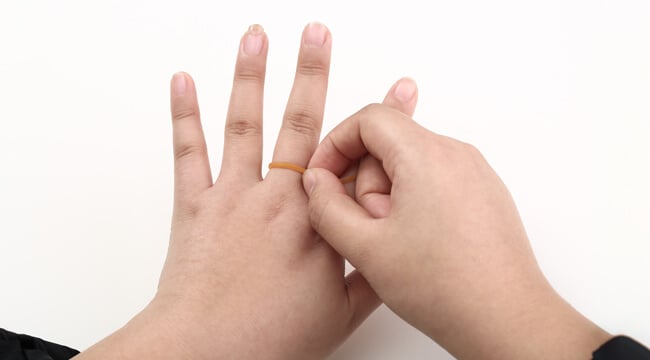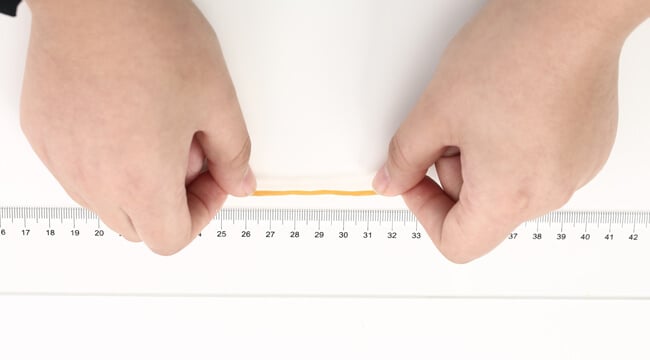Skinny band engagement rings have gained immense popularity in recent years for their elegant and minimalistic design. These rings are known for their slender bands, which create a delicate and refined appearance, making them a favored choice for many couples. In this buyer’s guide, we will explore what skinny band engagement rings are, their pros and cons, and essential factors to consider when selecting the perfect one.
What Are Skinny Band Engagement Rings?
Skinny band engagement rings are characterized by their narrow and dainty bands, typically measuring 2mm wide or less. Many thin bands fall in the range of 1.6mm to 2mm wide. They are designed to showcase the center stone by keeping the band as understated as possible. This unique style appeals to those who prefer a more subtle and sophisticated look.
Pros and Cons of a Thin Band Engagement Ring
Elegance: Skinny bands exude a sense of elegance and sophistication, emphasizing the center stone’s brilliance.
Affordability: Smaller bands typically cost less than wider ones, allowing you to invest more in the diamond or gemstone.
Comfort: Thin bands are lightweight and comfortable to wear daily.
Versatility: Skinny bands complement various ring styles, allowing for easy stacking with wedding bands and other accessories.
Cons to Consider
Durability: Extremely thin bands may be more prone to bending or breaking, so careful handling is essential.
Resizing Challenges: Some skinny bands may be difficult to resize due to their delicate nature.
Tips for Buying a Thin Band Engagement Ring
Thin band engagement rings are known for their understated elegance and have become increasingly popular. Choosing the perfect one requires careful consideration of various factors. Here’s an in-depth look at how to make the right choice:
Consider Your Partner’s Lifestyle
Before selecting a thin band, it’s essential to take your partner’s lifestyle into account. If they have an active job or engage in hobbies that involve physical activities, a very thin band may not be the best choice. Thicker bands in the range of 2.0mm to 3.5mm provide added durability and can withstand the wear and tear of an active lifestyle. Conversely, if your partner has a more sedentary lifestyle, a thinner band can be a stunning and delicate choice.
Don’t Go Too Thin
An engagement ring with a band (shank) of at least 1.6mm-2.0mm provides a solid foundation for the center stone. Bands thinner than 1.6mm may not stand the test of time. It’s advisable to select a band of at least 1.5mm to avoid potential cracking or bending over time.
Select the Metal
The choice of metal for the band plays a significant role in the ring’s overall appearance and longevity. Common options include white gold, yellow gold, rose gold, platinum, and even titanium. Take into consideration your partner’s metal preference and your budget when making this decision.
Know Your Budget
Determine your budget for the engagement ring before you start shopping. Thin bands can be more budget-friendly compared to thicker bands since they use less precious metal. Having a clear budget will help you make a selection that aligns with your financial goals.
Consider Lower Carat Weight
A thin band often creates the illusion of a larger diamond. While larger diamonds are commonly preferred, a thin band may be overwhelmed by a 2 or 3-carat diamond, covering most of the band and defeating the purpose of having a slim ring.
Choose a Secure Setting
The setting style you choose is crucial for holding the diamond securely in place. Common choices for thin bands include 4-prong or 6-prong settings. These settings not only secure the diamond effectively but also add a touch of elegance to the overall design. Be sure to discuss setting options with your jeweler to find the one that best suits your partner’s taste.
Where to Buy Skinny Band Engagement Rings
Finding the perfect ring is essential, but where you buy it matters too. Here are some recommended places to shop for skinny band engagement rings:
Local Jewelry Stores: Visit local jewelry stores for a personalized shopping experience and the ability to see the rings in person.
Online Retailers: Trusted online retailers offer a wide selection, often at competitive prices. Be sure to read reviews and check for certifications.
Custom Jewelers: Consider working with a custom jeweler to create a unique and personalized skinny band engagement ring.
Antique Shops: Explore vintage and antique shops for one-of-a-kind options with a touch of history.
Conclusion
Choosing the perfect engagement ring is a significant decision, and a skinny band engagement ring offers a unique blend of style and elegance. This Skinny Band Engagement Rings Buyers Guide has equipped you with the knowledge to make an informed choice that reflects your personal style and preferences. Whether you’re looking for comfort, a timeless design, or a focus on the center stone, skinny band engagement rings have it all.
Remember to explore different metals, stone shapes, setting styles, and band thickness options to create the ring of your dreams. With our guide, you’re well on your way to finding the perfect skinny band engagement ring that will symbolize your love and commitment for a lifetime.






